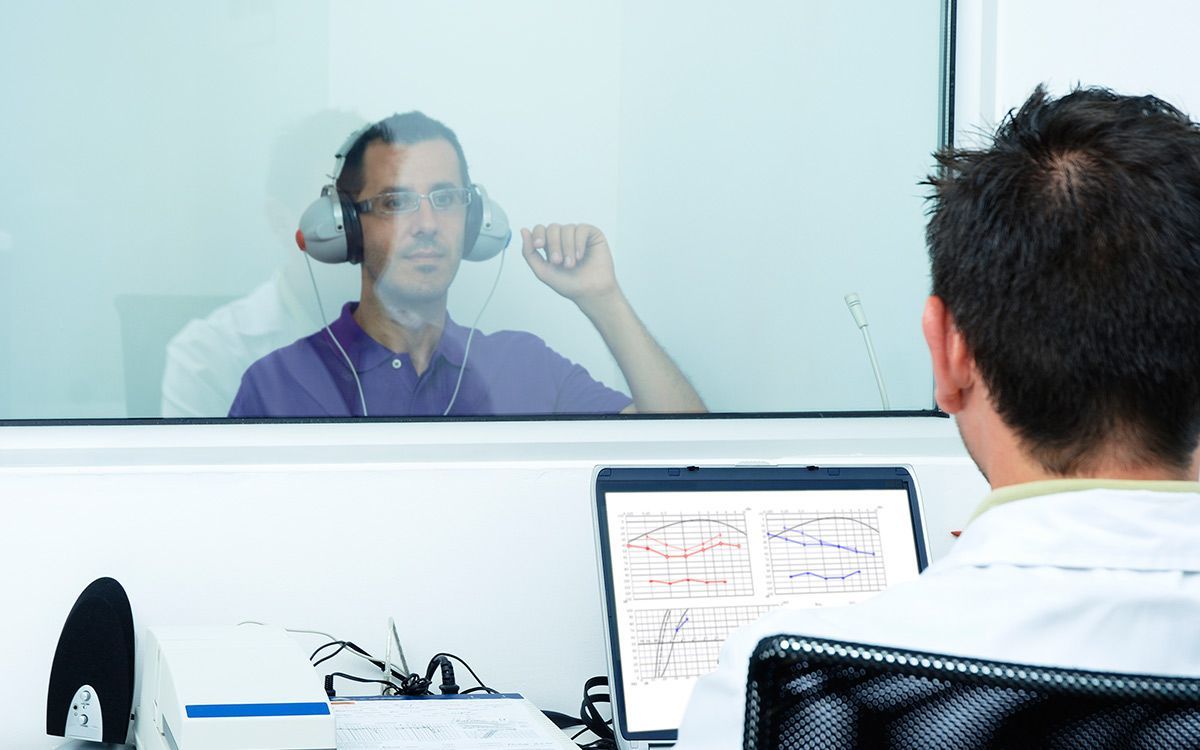How Can Your Driving Habits be Impacted by Hearing Impairment?

Don’t take your eyes off the road. While this may be sound advice, how about your other senses? As an example, consider the amount of work your ears are doing when you’re driving. You’re using your ears to engage with other individuals in your vehicle, call your attention to important info appearing on your dashboard, and help you monitor other vehicles.
So when you’re coping with hearing loss, how you drive can change. That’s not to say your driving will become excessively dangerous. Inexperience and distracted driving are greater liabilities in terms of safety. Still, some special safeguards should be taken by individuals with hearing loss to ensure they keep driving as safely as possible.
Hearing loss can affect your situational awareness but formulating safe driving habits can help you remain a safe driver.
How your driving may be impacted by hearing loss
Generally, driving is a vision-centric activity (at least, if it’s not a vision-centric activity, something’s wrong). Even complete hearing loss most likely won’t stop you from driving, but it very likely could change the way you drive. After all, you use your hearing a lot while you’re driving. Some prevalent examples include:
- You can often hear emergency vehicles before you can see them.
- If has any damage, your sense of hearing can let you know. For example, if you run over something in the road or a rock hits your windshield.
- Your vehicle will often make audible noises and alerts in order to make you aware of something (turn signals or unbuckled seat belts, for instance).
- If another driver needs to make you aware of their presence, they will often beep their horn. If you fail to notice the light turn to green, for instance, or you start to drift into the other lane, a horn can alert you before it becomes an issue.
- Your sense of hearing can help you have a better sense of other vehicles around you. For example, you will usually be able to hear a large truck coming your way.
All of these audio cues can help develop your overall situational awareness. You could start to miss more and more of these audio cues as your hearing loss progresses. But there are steps you can take to ensure you still remain as safe as you can while driving.
Developing new safe driving habits
If you’re experiencing hearing loss and you want to continue to drive, that’s okay! Stay safe out on the road with these tips:
- Pay extra attention to your mirrors : You may not be able to hear an ambulance pull up behind you–even with all those sirens going. So be vigilant about checking your mirrors. And generally try to keep an elevated awareness for emergency vehicles.
- Keep your phone stowed : Well, this is wise advice whether you suffer from hearing loss or not. Today, one of the leading reasons for distraction is a cellphone. And that goes double when you try to use them with hearing loss. Keeping your phone stowed can, simply, keep you safer–and save your life.
- Keep an eye on your dash lights. : Typically, when you need to pay attention to your instrument panel, your vehicle will beep or make some other sound. So you’ll want to make sure you glance down (when it’s safe) and make sure your turn signals aren’t still blinking, or your check engine light isn’t on.
- Keep the noise inside your car to a minimum : It will be challenging for your ears to isolate sounds when you’re going through hearing loss. When the wind is howling and your passengers are speaking, it may become easy for your ears to get overstimulated, which can cause fatigue and distraction. So when you’re driving, it’s a good idea to reduce the volume on your radio, keep discussions to a minimum, and roll up your windows.
How to keep your hearing aid ready for driving
If you are dealing with hearing loss, driving is one of those instances where having a hearing aid can really help. And when you’re driving, use these tips to make your hearing aids a real asset:
- Use your hearing aid each time you drive : If you don’t wear it, it can’t help! So be sure you’re using your hearing aids each time you drive. This will also help your brain get used to the signals your hearing aid sends into your ears.
- Get the most recent updates and keep your hearing aid clean and charged : You don’t want your hearing aid batteries to quit right in the middle of a drive to the store. That can distract you and may even bring about a dangerous situation. So keep your batteries charged and ensure everything’s working properly.
- Have us dial in a driving setting for you : We can program a car setting into your hearing aid if you drive a lot. The size of the inside of your vehicle and the fact that your passengers will be talking to you from the side or rear will be the variables we will use to fine tune this “car setting” for easier safer driving.
Hearing loss doesn’t mean driving is a problem, particularly with hearing aids which make it safer and easier. Developing good driving habits can help guarantee that your drive is enjoyable and that your eyes remain safely on the road.


